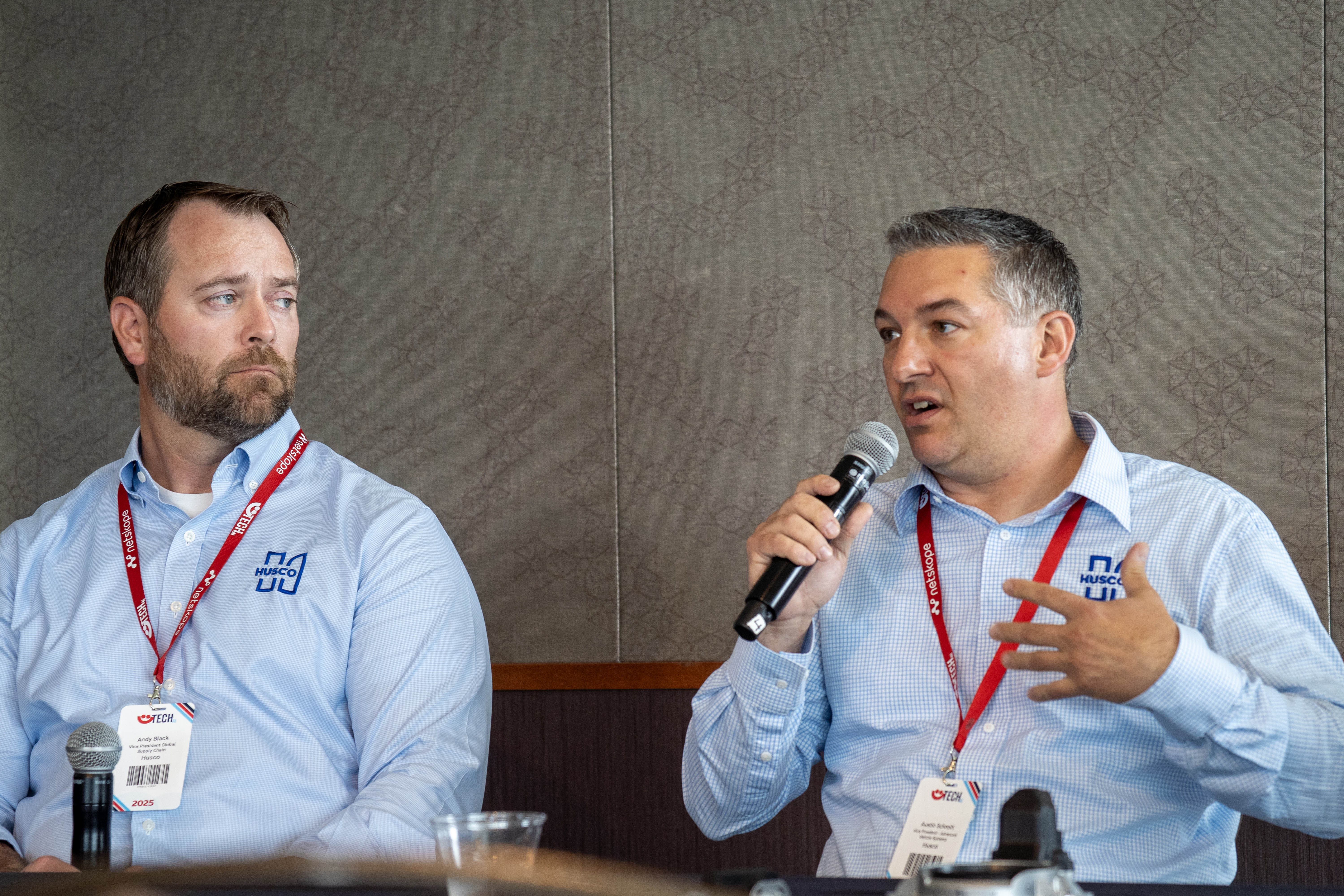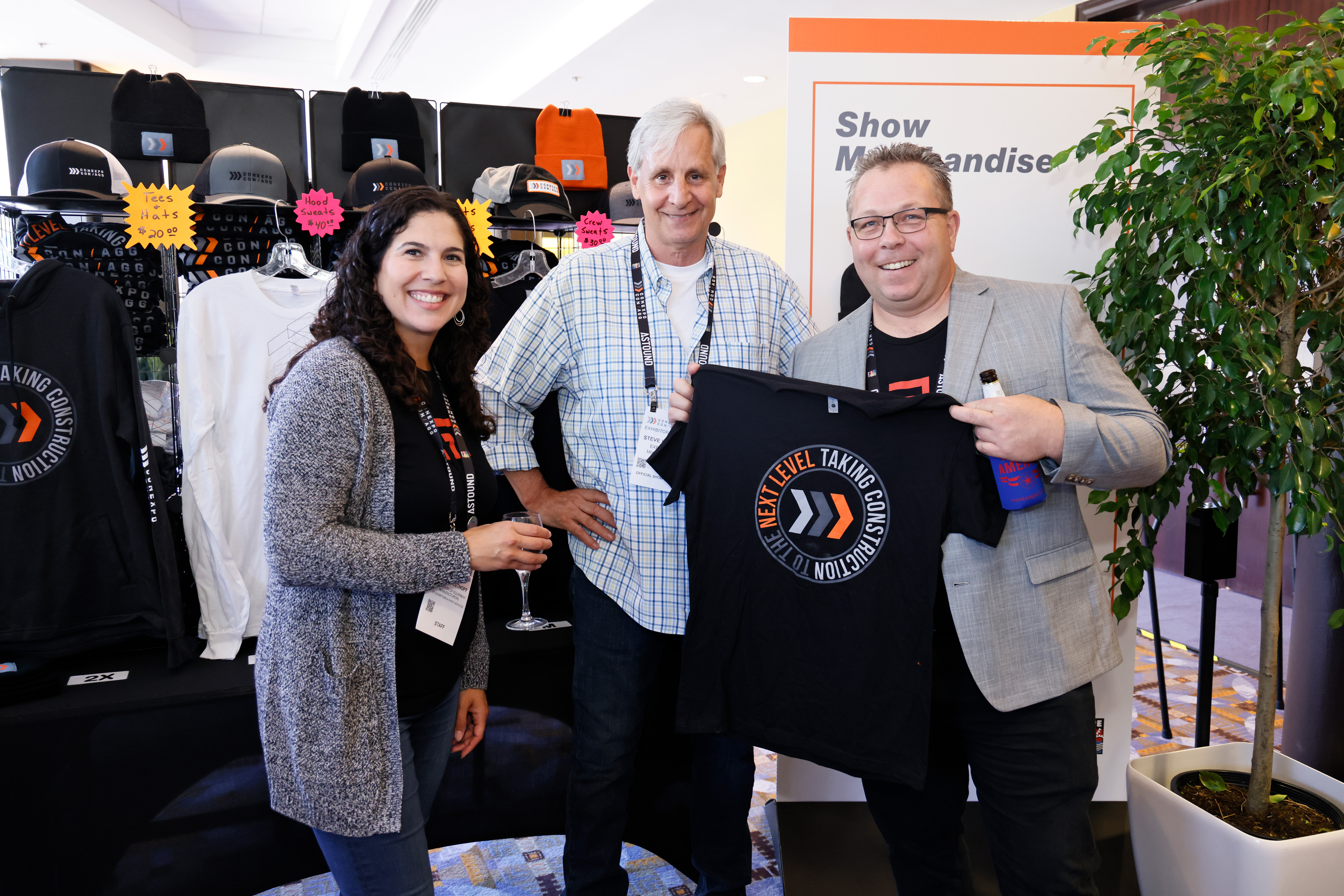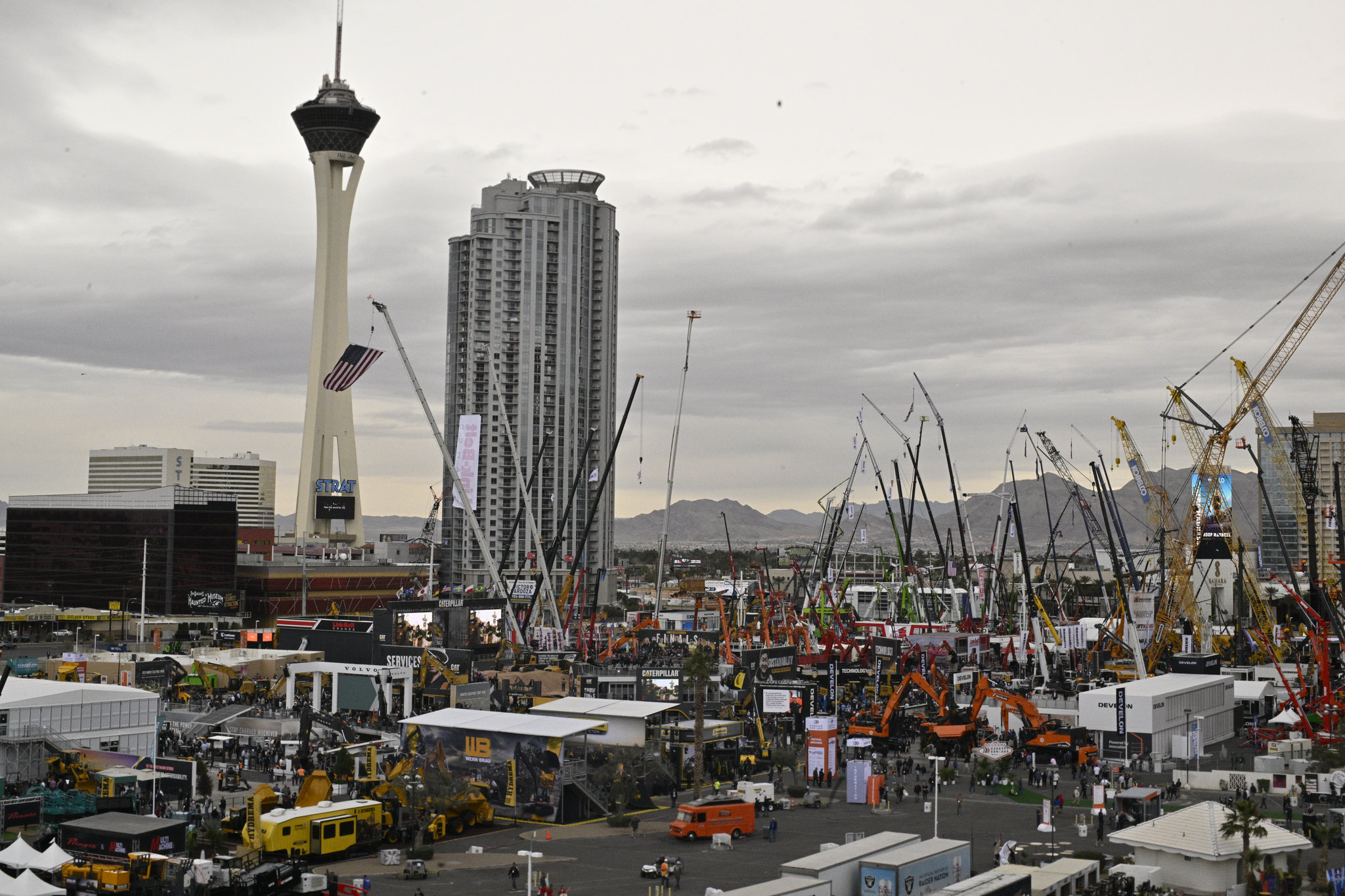It’s no secret that safety is a top priority for equipment manufacturers and the customers they serve. That’s because equipment safety is always in everyone’s best interest, and developing best practices to serve that interest is the right thing to do.
In recent years, the rise of artificial intelligence has given equipment manufacturers and operators an opportunity to leverage a technology that is both teeming with potential and capable of advancing the cause of safety and compliance by completing tasks that normally require human intelligence.
“Artificial intelligence tools are becoming more and more common with time. Furthermore, aspects of AI continue to become more and more advanced,” said Tom Belhumeur, senior enterprise account executive Mavenoid, a provider of AI-guided self-service and live video support for hardware companies. Belhumeur spoke earlier this spring at AEM’s Product Safety & Stewardship Conference on how utilizing AI can positively impact product and organizational safety. “So, as you start to solve problems and put a decent technology into place, it’s so important to remember not to create a new hazard or risk.”
AI is beginning to emerge as a viable tool for analyzing data, automating repetitive tasks, and locating different types of objects. It sees, hears, recognizes, and even decides.
“When you consider machine learning, this is where you start to get into the area of a computer starting to make decisions,” explained Belhumeur. “For example, I’m going to take this robot and make it do specific tasks. And then if you take it a step further, machine learning is going to determine where those things are going to be applied.”
Safety-Related Applications for AI
According to Belhumeur, the following applications are where AI is starting to make its mark as a useful safety-related tool for manufacturers and equipment end users alike:
- Pedestrian Detection – The technology supports cameras on a machine or piece of equipment that are tasked with looking out for a pedestrian or foreign object. The machine is essentially trained to detect the person or object, as well as alert operators to automatically trigger safety measures.
- Vehicle Detection – AI assists vehicles or machinery as it detects the presence and location of equipment or vehicles (most often via a camera and within an image or video frame). Technology also measures vehicle counts, average speeds of vehicles, vehicle categorization, and more.
- PPE Detection and Posture Monitoring – AI is being leveraged to assist technology that employs cameras and deep-learning algorithms to automatically identify and alert PPE violations (for example, not wearing certain equipment and gear or improperly wearing certain equipment and gear).
- Distracted Operator Detection – The technology supports the detection and analysis of driver distraction that prevents the operator from conducting their primary task.
“All of these examples are married with some sort of response, a text message, a telephone call, or an email,” explained Belhumeur.
Lingering Questions
While AI continues to grow in both popularity and prominence, the technology itself doesn’t come without its fair share of controversy and questions. Is the technology collecting the right data? How is the data being used? Is the data being used properly? When AI is making a decision, how accurate is it?
“If it’s not making the best decisions as you run through a trial process, try to determine if it can be improved over time, as it’s always important to make sure you have something that can perform,” said Belhumeur.
If the need exists to go back and ask why a decision is being made, and there’s no easy way to determine if the response is correct, then it’s critically important for the AI to possess logging abilities.
“That way you can dive in and see why you’ve made a decision, because you have records,” said Belhumeur.
Where the Technology is Headed
The consensus future for artificial intelligence is bright. The technology is already commonly found in mobile phones, cars, computers, and television. It’s being incorporated into every aspect of technology and across multiple industries. AI is everywhere, even though it seems like it is only beginning to scratch the surface of its immense potential.
And from a safety perspective, AI offers opportunity. Because anywhere there is people within a close proximity to potential injury, AI has proven to be able to make a measurable impact at keeping people safe.
Whatever the form or application – be it systems integration, sensor fusion, autonomy, etc. – AI is starting to find ways to help equipment manufacturers and end users mitigate risk.
“There are all types of different positives with AI, and there are some negatives. But it all comes down to risk mitigation. So, that’s why when you’re evaluating the technology from a safety perspective, it’s always important to take the time to ask the right questions to get the important answers.”
About AEM’s Product Safety & Stewardship Conference
The Product Safety & Stewardship Conference is setting the stage as the industry's only conference designed to provide attendees with first-class access to the latest insight on product liability, safety design standards, regulatory requirements, and potential risks to avoid.
The Product Safety & Stewardship Conference brings heavy equipment manufacturers, value chain partners, and subject matter experts together to harmonize ideas and orchestrate breakthroughs. Visit the official event website for more information.





